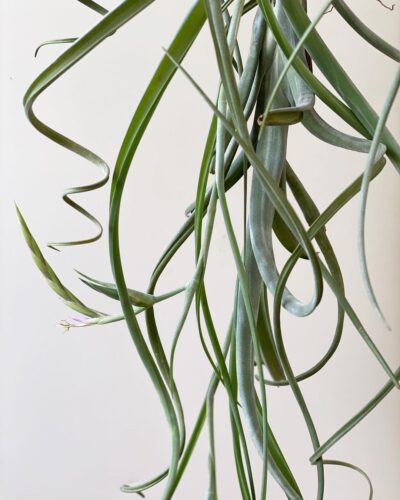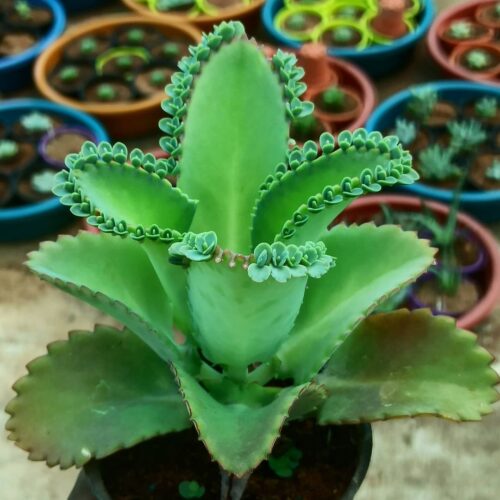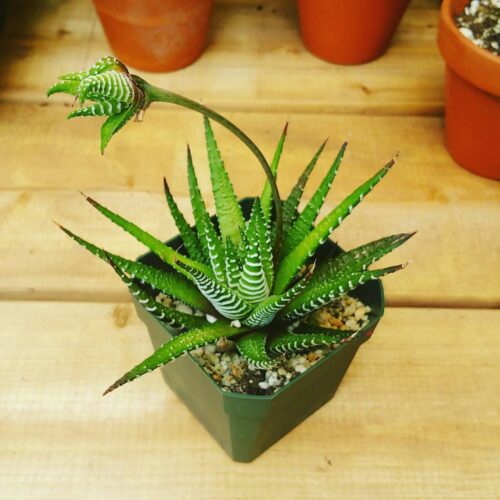Plants That Produce Hanging Offsets offer you a great chance to multiply your favorite plants at zero cost.
If you are looking for versatile plants that not only look beautiful but also give you plenty of supplemental plants that you can propagate or gift to your friends. Then this post is for you; check this curated list of the best Plants That Produce Hanging Offsets.
Plants That Produce Hanging Offsets
1. Strawberry Begonia (Saxifraga stolonifera)

This charming plant, often called the Strawberry Begonia, isn’t a Begonia at all—it’s Saxifragra stolonifera. It produces slightly fuzzy leaves that grow offsets (baby plants) along slender, vine-like runners called stolons. These offsets can be placed in soil to take root, then separated from the mother plant to grow into new plants!
2. Air Plants (Tillandsia)

Once Tillandsias flower, they create “pups” or tiny offsets—new plants that grow from the base of the mother plant and hang there or near the flower spikes. Once these pups reach about one-third the size of the mother plant, they can be carefully separated and grown independently or left alone to form a cluster with the main plant.
3. Mother of Thousands (Kalanchoe daigremontiana)

This kalanchoe forms many offsets or plantlets on the margins of its foliage. You can detach these offsets easily and grow them in separate pots. This way, you will have new plants at zero cost.
4. Haworthia (Haworthia)

Haworthia plants exhibit slow growth and typically maintain a compact size when potted. They generate new offsets around their bases, forming clusters. These offsets can either be allowed to grow into dense clumps or be removed and replanted elsewhere.
5. Spider Plant (Chlorophytum comosum)

People often share Chlorophytum comosum, also known as spider plants, because they make new plants called offsets. These offsets can be taken from the parent plant and grown independently. The little offsets, or babies, appear when the mature plant is doing well.



